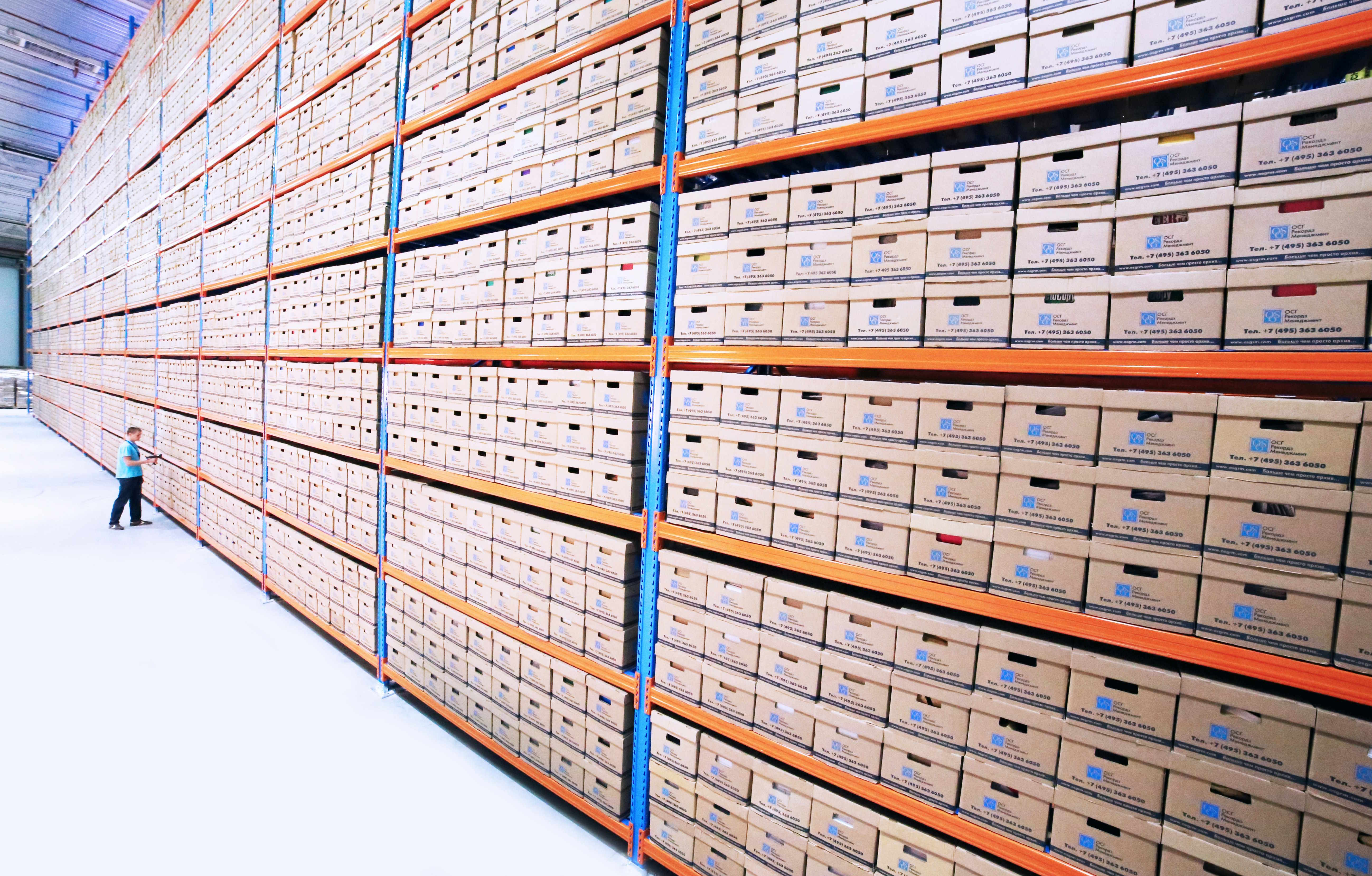How Modular Mobile Storage Is Changing Short-Term Logistics
Modular mobile storage provides flexible, containerized capacity that can be deployed quickly for temporary needs. It supports fluctuating inventory, on-site staging, and short-term redistribution with configurable interiors, security options, and climate control. These units help organizations adapt logistics operations without long construction lead times.

Companies facing short-term shifts in demand or project-based needs increasingly use modular mobile storage to add capacity where and when it is required. Instead of committing to fixed construction or long-term leases, logistics teams can deploy containerized modules to serve as temporary warehouses, staging areas, or overflow points. These solutions bring inventory closer to consumption points, reduce transit times, and allow teams to tailor security, climate control, and internal layouts to the stored goods. For short-term logistics, the combination of speed, configurability, and predictable maintenance makes modular mobile storage a practical alternative to traditional expansions.
How modular design improves deployment
Modular units are built to standardized dimensions, which simplifies transportation, stacking, and interconnection in the field. This standardization reduces setup time: several units can be positioned, linked, and outfitted with racking or shelving within days rather than months. Modular design also supports incremental deployment, so operators add only the capacity they need. Interchangeable components—doors, shelving, lighting—streamline maintenance and replacement, ensuring units return to service quickly after repairs. The result is a logistics footprint that adjusts with demand rather than constraining it.
What makes temporary mobile storage effective
Temporary mobile storage combines portability with structural resilience to provide reliable short-term capacity. Key attributes include rapid delivery, minimal site preparation, and flexible rental or lease terms to match project timelines. These units are suitable for retail seasonality, construction staging, event logistics, and emergency response. Effective temporary solutions balance ease of access with protective features: weatherproofing, ventilation, and customizable interiors that support palletized goods or loose inventory. Clear operational processes for receiving and dispatching stock help ensure the temporary facility functions smoothly within broader distribution flows.
Managing inventory and on-site logistics
Treating mobile units as active nodes in inventory management improves fulfillment velocity. Positioning stock on-site reduces travel distance for final-mile shipments and enables faster cross-docking and staging. To maintain accuracy, integrate mobile storage with warehouse management systems and scanning workflows so inbound, outbound, and internal movements are tracked in real time. Consider interior layout for picking efficiency—aisle width, lighting, and labeling affect handling speed and error rates. When planned as part of a network, mobile units can relieve central warehouses and shorten response times to localized demand spikes.
Container features: climate control and security
Many containerized solutions offer modular options for climate control, allowing temperature and humidity regulation for sensitive items like pharmaceuticals or electronics. Security features—reinforced locks, tamper-evident seals, perimeter fencing, and monitoring systems—protect higher-value inventory during short deployments. Choosing appropriate protections depends on product requirements and duration: robust climate systems are essential for perishable or temperature-sensitive goods, while basic ambient storage may suffice for durable commodities. Both climate control and security choices should align with insurance and regulatory considerations for stored items.
Scalability, maintenance, and sustainability
Scalability is central to the modular approach: organizations can scale capacity up or down in response to demand without large capital projects. Regular maintenance—seal checks, roof inspections, pest control, and servicing of climate systems—extends unit life and preserves stored inventory. From a sustainability perspective, re-deployable modules reduce the need for new construction, and specifying energy-efficient climate systems lowers operational emissions. Planning for refurbishment and end-of-life recycling of container components further enhances environmental performance while keeping lifecycle costs predictable.
Deployment options and supply chain integration
Deployment options include short-term rental, long-term lease, and outright purchase with refurbishment for repeated use. Successful integration into the supply chain requires coordination on transport, site permits, power and access, and data connectivity to maintain visibility across locations. Mobile storage can operate as temporary consolidation points, cross-dock nodes, or overflow hubs in multimodal networks. Clear agreements on responsibilities—transport, setup, maintenance, and security—help avoid service gaps and ensure that temporary units operate as seamless extensions of existing logistics infrastructure.
Modular mobile storage alters short-term logistics by providing versatile, deployable capacity that aligns with variable demand and project needs. When selected and managed with attention to inventory control, climate control, security, maintenance, and sustainability, these solutions act as functional extensions of a company’s logistics network rather than simple stopgap measures. The result is improved responsiveness and operational flexibility across a range of short-term scenarios.






